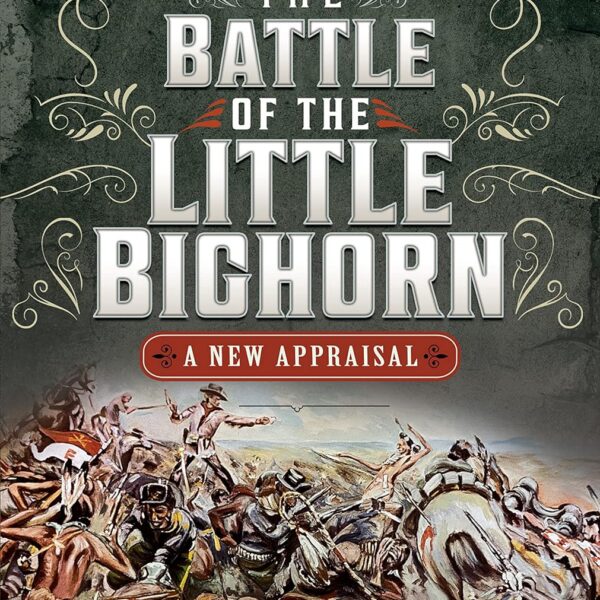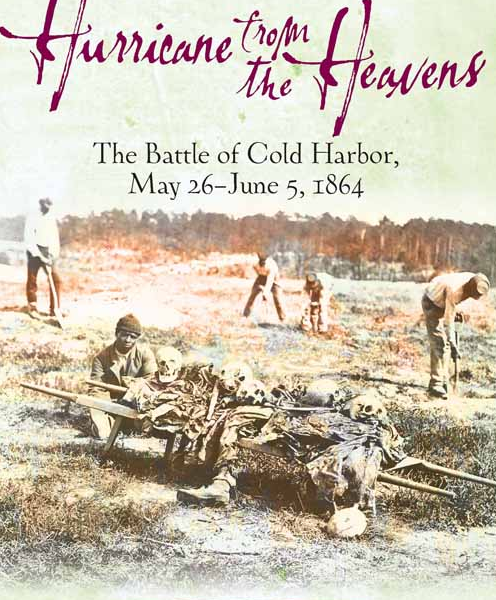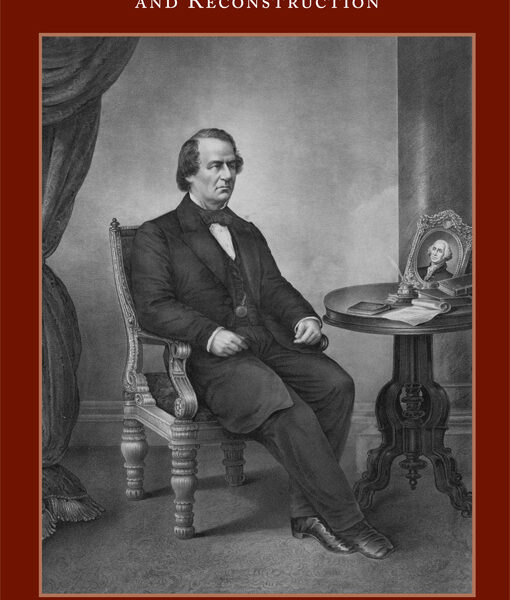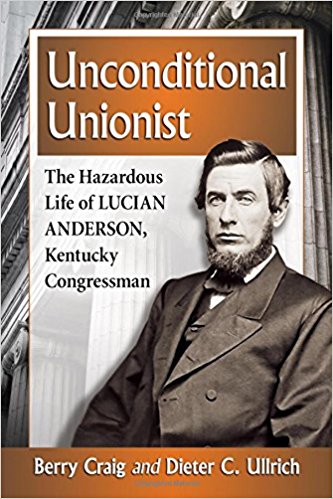The camera pans across a photograph as voices you vaguely recognize speak the words of Americans long dead. Live action shots show rolling hills at dawn, shrouded in fog or drifting smoke; you hear birds calling, the murmurs of men, the sharp crack of rifle fire. Historians and other experts—poets, politicians—appear and have their say, explaining and arguing with conviction and urgency.
It is difficult to remember a time when this was not the modus operandi for historical documentaries, a time before Ken Burns’ The Civil War. This format and style were revolutionary in 1990 but have become so common that if you make your own film on iMovie, you can click an icon labeled “Ken Burns” and set a “camera” to move across your own photographs. These visual and verbal strategies dominate the genre because they are appealing in their immediacy; the range of visuals and the spoken word give the viewer a sense of place and historical context, and a sensory connection to the past.
Ric Burns uses all of these familiar elements to great effect in Death and the Civil War, a two-hour documentary based on Drew Gilpin Faust’s book This Republic of Suffering, which premieres on PBS this week. It begins with a letter from a dying man that is just as emotionally wrenching and effective as Sullivan Ballou’s, and with Walt Whitman—both of which seem to be prerequisites in any work of Civil War cultural history. In an introductory section, historians Faust, David Blight, and Mark Schantz explain why the Civil War marked a dramatic shift in Americans’ relationship with death, and how unprepared they were to deal with the conflict’s escalating body count. After this, the film progresses both chronologically and thematically, exploring the different ways that northerners and southerners, black and white, coped with “death on an unimaginable scale.” The letters and photographs that illustrate battlefield deaths are not for the faint-hearted; the camera zeroes in on the most gruesome details.
Anyone who has read This Republic of Suffering will find the structure to be familiar; the chapters are each about 10-12 minutes (except the first, “Dying,” which is more than twice as long) and bear the same or slightly modified titles as the book. They offer concise summaries of the book’s arguments, punctuated by moments in which the names of battles and their death tolls appear on the screen. Gettysburg marks the midpoint of the film, and Lincoln’s “Gettysburg Address” represents both a literary and cultural turning point, as the bodies of the Union dead come to consecrate the Union cause. The narrative quickens its pace through the carnage of 1864 and 1865 and then moves into the burial and reburial efforts of the postwar period.
Several protagonists emerge: Clara Barton, who took medical supplies to the battlefields early in the war and ran the Missing Soldiers Office after it; Henry Bowditch, who lost his son Nathaniel in 1863 and subsequently devoted himself to establishing ambulance services for the Union army; and Edmund Whitman, who located thousands of Union soldiers’ graves across the South as part of a federal reburial project. As one can see from this list, Burns focuses mostly on the northern dead. This is not necessarily problematic, for facing death and dealing with it were shared experiences among northerners and southerners; they responded similarly to these new ways of dying and to the difficulties of burial and mourning. However, they differed in their relationship to the federal government, as Faust and the other historians point out. The reburial project that relocated soldiers’ bodies to national cemeteries, for example, excluded the Confederate dead. They were rebels, and had cut their ties to the federal government when they took up arms against her; their bodies were left to the care of their families or ladies’ memorial associations.
The complicated relationship between the government and the bodies of its citizens is certainly a theme of Faust’s book but it takes on a more critical edge in the documentary, mostly due to Schantz and Vincent Brown, who emphasize the ways that white and black bodies were “conscripted” by the state to do political work: to symbolize patriotism, and to justify and naturalize collective acts of violence. Here and elsewhere, Death and the Civil War weaves in the experiences of African Americans as they confronted death in different contexts: as soldiers dying for the Union cause but also as gravediggers for both armies, as fugitive slaves in disease-ridden contraband camps, as freed people acting as informants for reburial projects, and as the founders of Memorial Day in South Carolina. Faust discusses all of these experiences in her book but in the more condensed format of the film, Burns places African Americans in a more central role.
Although Burns grounds the documentary in This Republic of Suffering, he amplifies the book’s arguments at certain points. He capitalizes on research that appeared after the book’s publication; for example, J. David Hacker appears to discuss wartime methods of counting the dead, and Burns uses his recalculated death toll of 750,000. But while Burns adds some material, he also leaves some out. Death and the Civil War excludes only one chapter from the book: “Killing.” This omission does not seem to stem from argumentative consistency; Faust’s points here are consonant with those in This Republic of Suffering overall. As she notes in the book, killing, “like death more generally, required work—intellectual and psychological effort to address religious and emotional constraints, as well as adaptation to the ways this particular war’s technologies, tactics, and logistics shaped the experience of combat” (33). Thus, Burns’ omission of this single chapter is striking. By focusing on death but not the morally complex act of killing that results in death, the film erases a vital part of soldiers’ experiences during the war. Burns likely did not include “Killing” because that chapter did not lend itself to the narrative he was shaping. But viewers should reckon with the basic reality that, as Nathan Bedford Forrest put it, “War means fighting, and fighting means killing.” This is the point of war, and we should not shy away from it.
Megan Kate Nelson (Harvard University) the author of Ruin Nation: Destruction and the American Civil War (2012).





